Case Study: Elevating Christian Cemetery Record Keeping with CIMS
Navigating the intricate task of preserving historical burial data while serving a diverse and sizable community can present complex challenges for all kinds of cemeteries. The Calvary Cemetery Association in Dayton, Ohio, and the Roman Catholic Diocese of Marquette in Marquette, Michigan, both face these challenges. In this case study, we will explore the stories of these two prominent Christian cemetery organizations, and how they have entrusted CIMS to enhance their services and preserve their legacies. Through their experiences, we explore how cemeteries can leverage CIMS to streamline operations, enhance record-keeping, and provide valuable services to their communities.

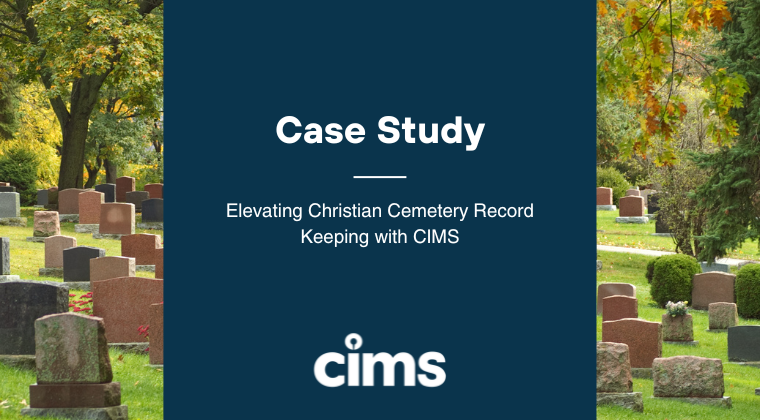
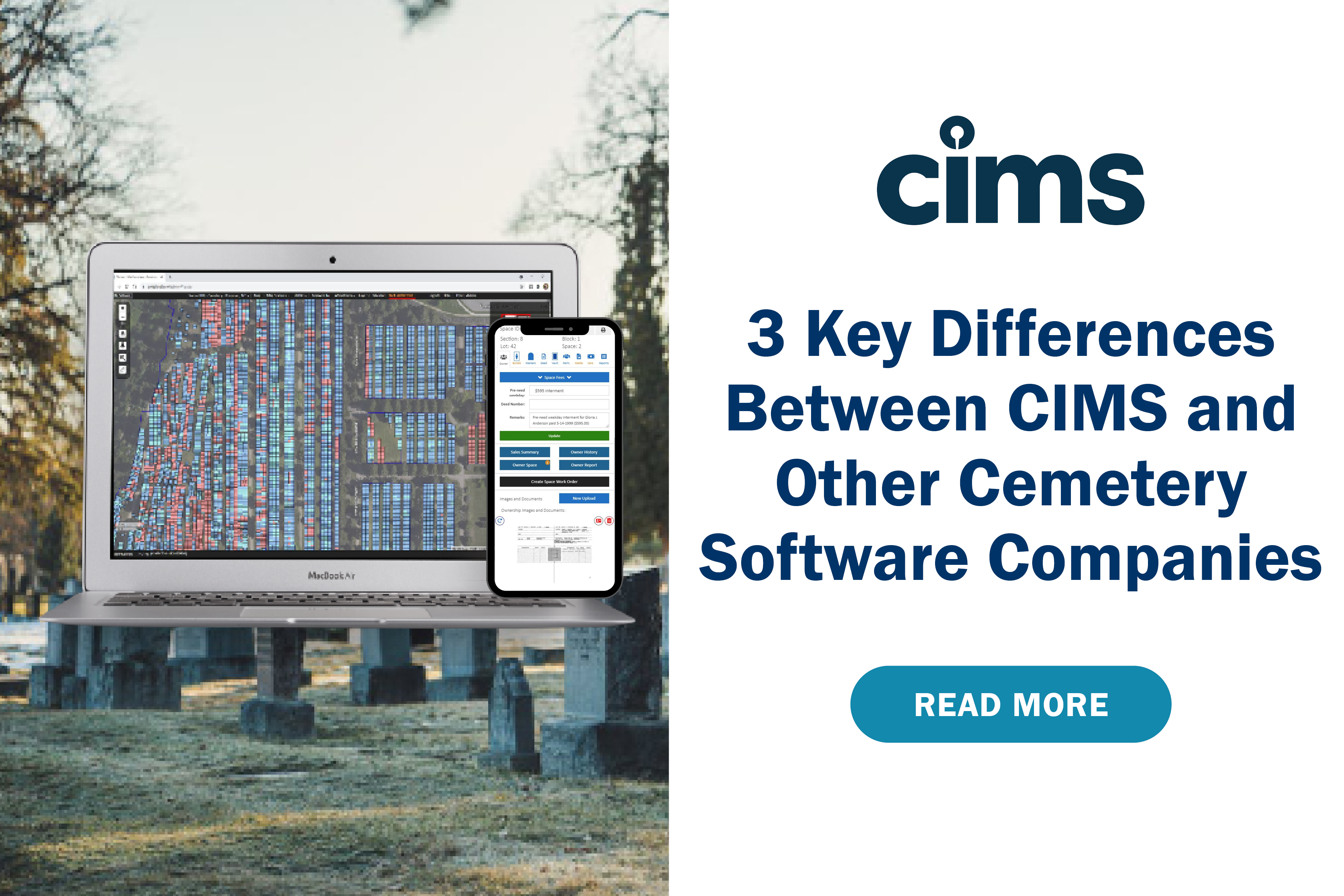
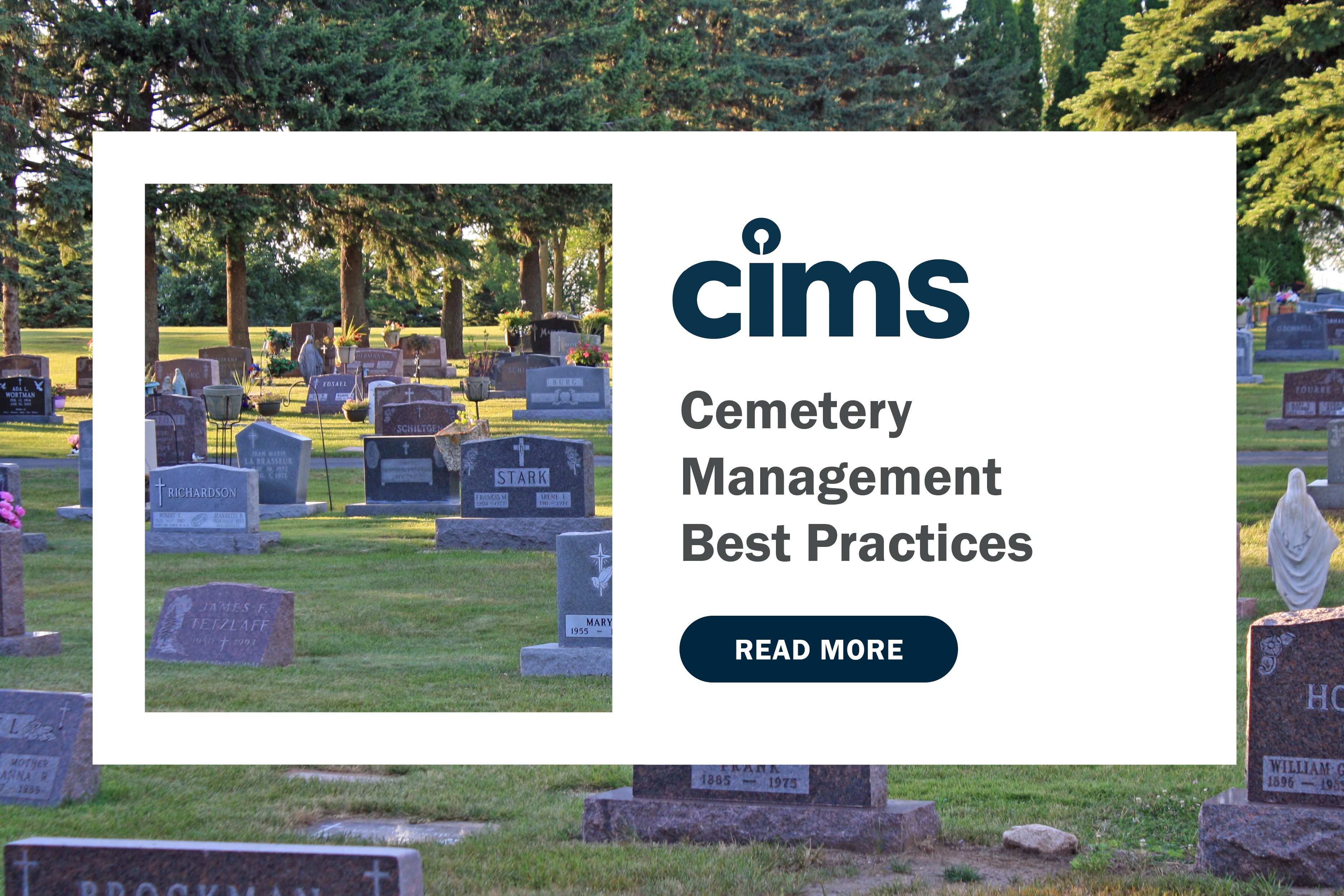
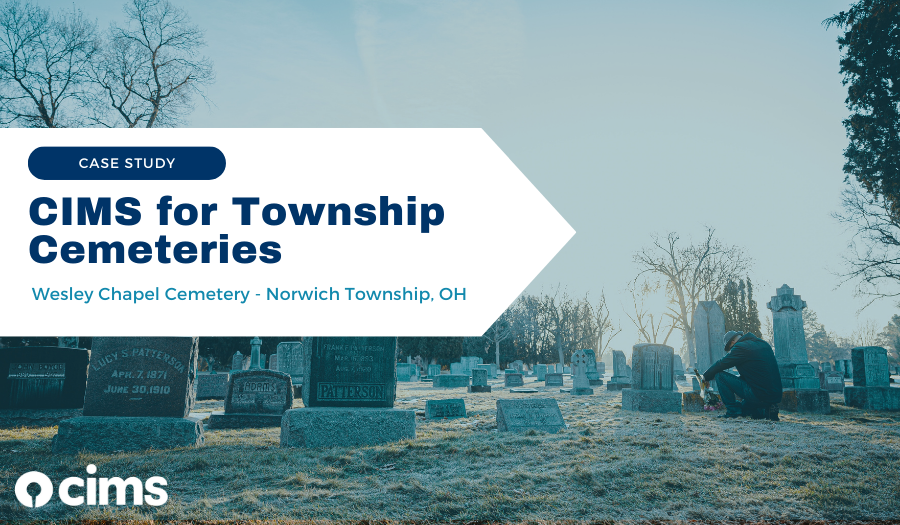
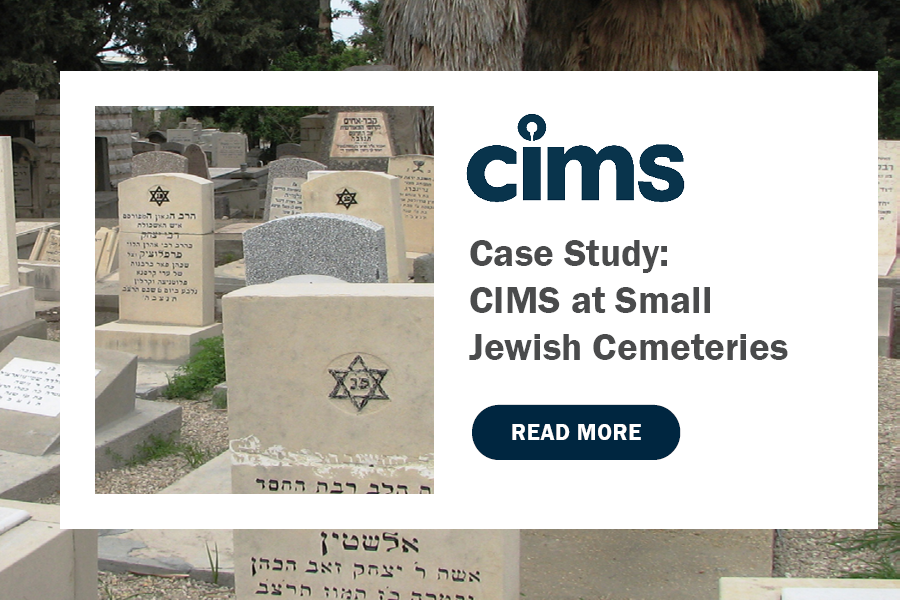
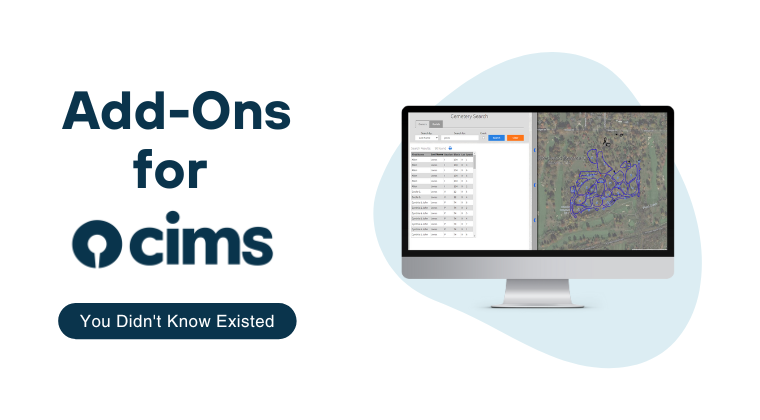
-1.png)
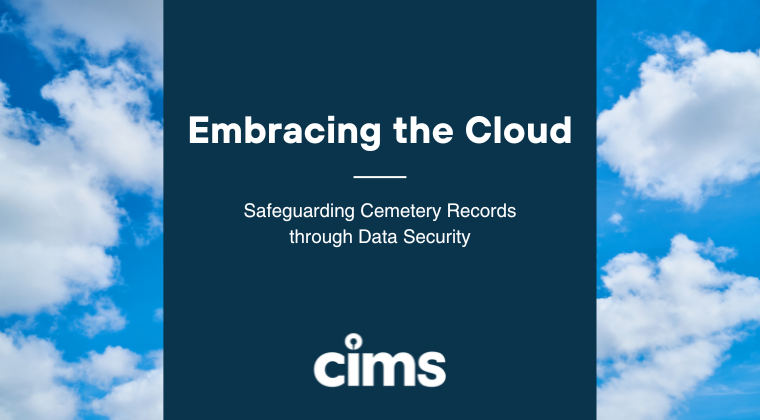
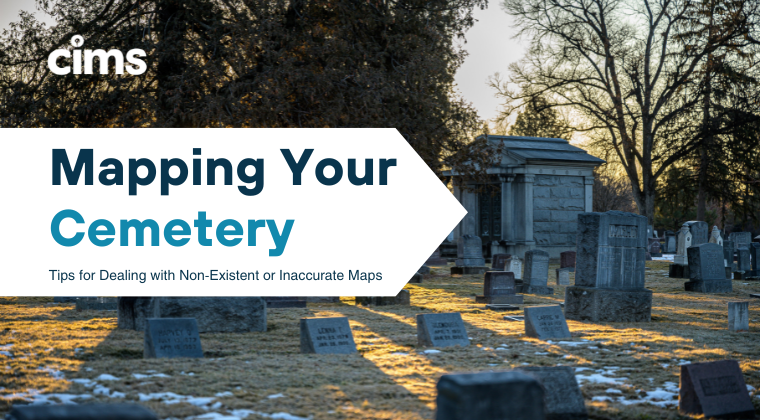
.png)